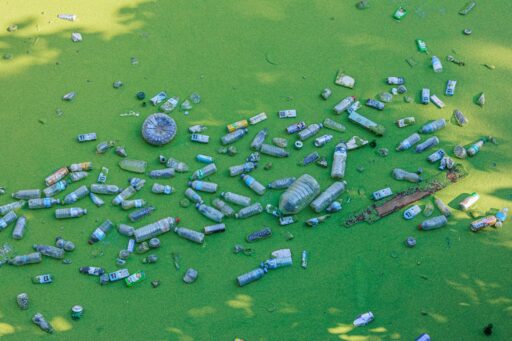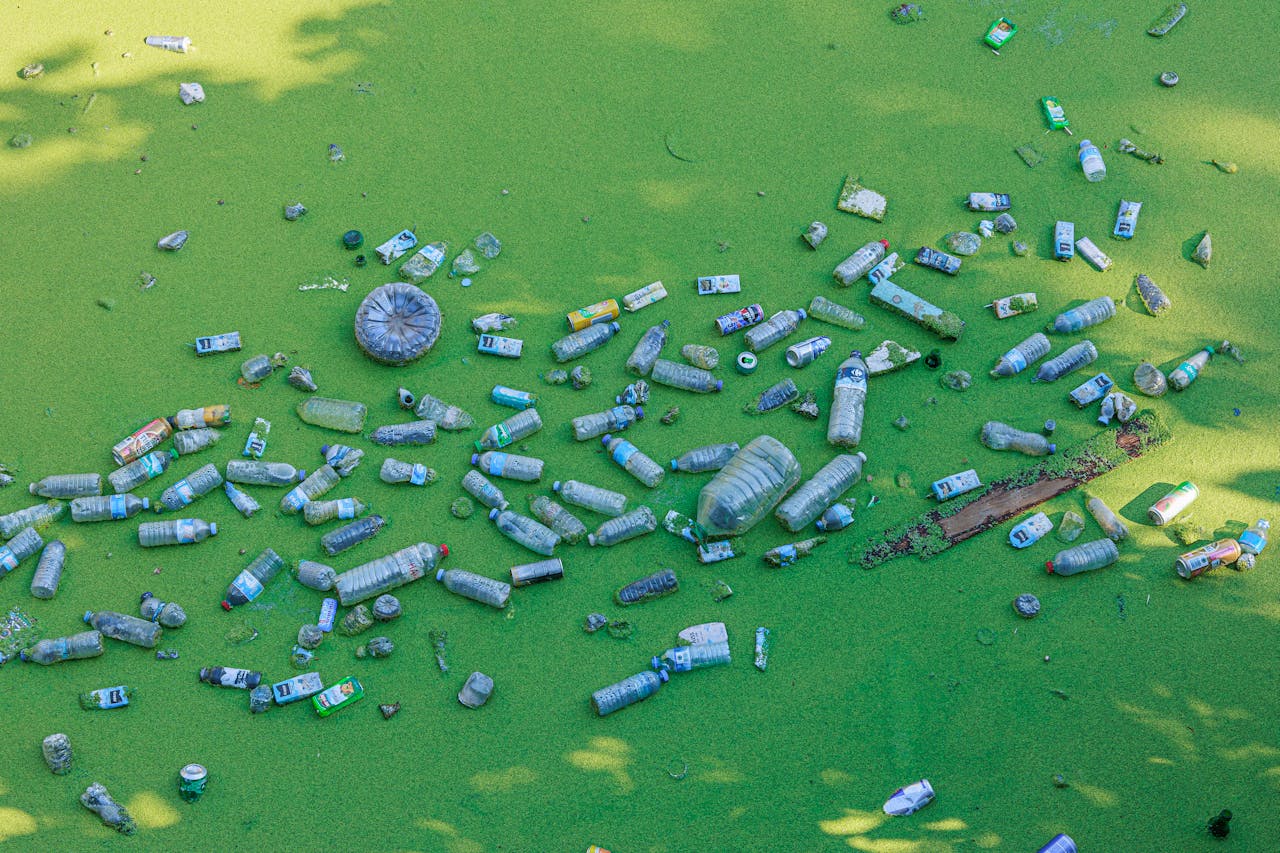- Carbon Footprint: Measuring Greenhouse Gas (GHG) Emissions
- Energy Efficiency: Reducing Energy Consumption
- Material Efficiency: Tracking Resource Use and Recycled Content
- Lifecycle Assessment (LCA): Evaluating Environmental Impact Across the Product Lifecycle
- Social Impact Metrics: Tracking Labor Practices and Community Engagement
- Circularity: Measuring Closed-Loop Systems
- Conclusion
Measuring the success of sustainable innovation is critical for businesses aiming to reduce their environmental impact while maintaining competitiveness. Sustainability metrics provide organizations with clear benchmarks to track progress, assess effectiveness, and communicate impact to stakeholders. For packaging experts, innovators, and eco-conscious consumers, these metrics are essential for evaluating the real-world effects of sustainable initiatives.
This article explores critical sustainability metrics companies can use to measure their progress and real-world examples from leading organizations.
Carbon Footprint: Measuring Greenhouse Gas (GHG) Emissions
The carbon footprint is one of the most widely recognized sustainability metrics. It measures the total amount of greenhouse gases emitted directly or indirectly by a company, typically expressed in metric tons of CO2 equivalent (CO2e). Reducing carbon emissions is central to achieving global climate goals, and businesses are under increasing pressure to lower their carbon footprints.
Apple’s Carbon-Neutral Commitment
Apple has committed to becoming carbon neutral across its entire supply chain and product life cycle by 2030. This includes not only the company’s direct operations but also the emissions generated by its suppliers. Apple reports its carbon footprint annually and has reduced its CO2 emissions by 40% since 2015. As part of this effort, Apple’s products, such as the iPhone 12, have a carbon footprint that is 20% lower than previous models due to energy-efficient design and the use of recycled materials.
The company’s suppliers are also transitioning to 100% renewable energy. 110 suppliers are already using clean energy for Apple production, reducing over 13 million metric tons of CO2 annually—the equivalent of taking 3 million cars off the road each year.
Energy Efficiency: Reducing Energy Consumption
Energy efficiency measures the amount of energy used relative to output. Reducing energy consumption is crucial for minimizing operational costs and environmental impact. Energy use is typically measured in kilowatt-hours (kWh) and can be tracked across various operational areas, including manufacturing, transportation, and product use.
Google’s Data Center Efficiency
Google has been a leader in energy efficiency, particularly in its data centers, which are responsible for most of its energy use. Through AI-based optimization of its cooling systems and implementation of advanced algorithms, Google’s data centers now operate at a 50% higher efficiency rate than the industry average. In 2020 alone, Google prevented the emission of 1.7 million metric tons of CO2, equivalent to taking 360,000 cars off the road for a year.
Moreover, Google has been carbon-neutral since 2007 and aims to run its data centers entirely on carbon-free energy by 2030, reducing its environmental impact.
Water Usage: Monitoring Water Consumption
Water usage is a vital sustainability metric, particularly for industries that rely heavily on water for production. Measuring water consumption helps companies identify areas where they can reduce usage, recycle water, and prevent water scarcity issues.
Nestlé’s Water Stewardship
Nestlé has implemented water efficiency measures across its factories, achieving a 31% reduction in water usage per ton of product between 2010 and 2020. For example, Nestlé’s dairy factory in Mexico uses an innovative system that saves 1.6 million liters of water annually by recovering water from milk production processes. Nestlé also operates 18 zero-water factories, where no additional water is drawn from outside sources.
Nestlé aims to achieve water neutrality by 2030, ensuring the company’s water use doesn’t exceed the planet’s replenishment capacity.
Waste metrics measure a company’s waste generation and how much of that waste is diverted from landfills through recycling, composting, or reuse. Reducing waste not only decreases environmental harm but also improves operational efficiency and reduces costs.
Procter & Gamble’s Zero-Waste Initiatives
Procter & Gamble (P&G) has set ambitious goals to achieve zero waste to landfill across all its manufacturing sites. As of 2020, P&G had diverted 95% of its waste from landfills, amounting to 5 million tons of waste since the company’s sustainability initiatives began. In addition, 87% of P&G’s packaging is now recyclable or reusable, and the company has committed to reducing its plastic packaging by 50% by 2030.
P&G’s zero-waste program reduces its environmental impact and saves the company over $2 billion in waste-related costs.
Material Efficiency: Tracking Resource Use and Recycled Content
Material efficiency measures how effectively companies use raw materials in their production processes. This includes tracking the use of recycled materials, reducing virgin resources, and minimizing material waste. High material efficiency reduces both resource consumption and environmental impact.
Adidas’ Use of Recycled Materials
Adidas has set a goal to use 100% recycled polyester in its products by 2024. In 2020, Adidas produced more than 15 million pairs of shoes from recycled ocean plastic collected from coastal communities to reduce marine pollution. Each pair of shoes is made from 11 plastic bottles, preventing this waste from entering the oceans.
By 2021, Adidas had also reduced its total carbon footprint by 30% compared to its 2017 levels, driven by its transition to recycled materials and energy-efficient manufacturing.
Lifecycle Assessment (LCA): Evaluating Environmental Impact Across the Product Lifecycle
Lifecycle Assessment (LCA) is a comprehensive metric that evaluates a product’s environmental impact from cradle to grave. This includes assessing the raw materials used, energy consumed, emissions generated, and waste produced at every stage of the product lifecycle—from production and use to disposal.
Tetra Pak’s LCA for Sustainable Packaging
Tetra Pak uses LCA to evaluate the environmental impact of its packaging solutions, focusing on reducing the carbon footprint of its cartons. Tetra Pak’s LCA metrics revealed that its plant-based, renewable cartons have a 50% lower carbon footprint than conventional plastic bottles, guiding its shift toward fully renewable materials.
Tetra Pak also tracks the recyclability of its products, achieving a recycling rate of 26% globally, and aims to improve this rate as part of its sustainability goals.
Social Impact Metrics: Tracking Labor Practices and Community Engagement
Beyond environmental metrics, companies must also consider the social impact of their sustainability initiatives. Social impact metrics assess labor conditions, community engagement, and fair trade practices to ensure that sustainability is pursued holistically.
Ben & Jerry’s Social Impact Metrics
Ben & Jerry’s integrates social impact metrics into its sustainability strategy by tracking fair trade certification, employee wellbeing, and community engagement. The company ensures that 100% of its products are made with Fairtrade-certified ingredients, supporting smallholder farmers and promoting ethical labor practices. The company also donates 7.5% of its pre-tax profits to social and environmental causes, aligning its business model with social values.
Ben & Jerry’s tracks these metrics in its annual social and environmental assessment report, demonstrating its commitment to sustainable and ethical sourcing.
Circularity: Measuring Closed-Loop Systems
Circularity measures how effectively companies are integrating circular economy principles into their operations. This includes reusing products, recycling materials, and designing products focusing on end-of-life recovery. Companies that embrace circularity reduce waste, conserve resources, and create sustainable business models.
Philips’ Circular Lighting Solutions
Philips (now Signify) has implemented circular economy models in its lighting division, offering products through a lighting-as-a-service model. Instead of selling light bulbs, Philips retains ownership of the products and ensures they are upgraded, repaired, or recycled at the end of their use. This closed-loop system helps Philips reduce material waste and track circularity metrics.
By 2025, Philips aims to have 70% of its revenue come from circular products, services, and solutions, positioning itself as a leader in the circular economy.
Conclusion
Measuring the success of sustainable innovation requires a clear understanding of the right metrics. Carbon footprints, energy efficiency, water usage, waste reduction, material efficiency, lifecycle assessments, social impact, and circularity are all critical indicators that help companies track progress and communicate their achievements.
Leading companies like Apple, Google, Adidas, and Tetra Pak are setting benchmarks for sustainable innovation by leveraging these metrics to enhance their environmental and social performance. Packaging experts and innovators must adopt these metrics to ensure their sustainability initiatives are impactful and transparent, allowing them to lead in an increasingly eco-conscious marketplace.






